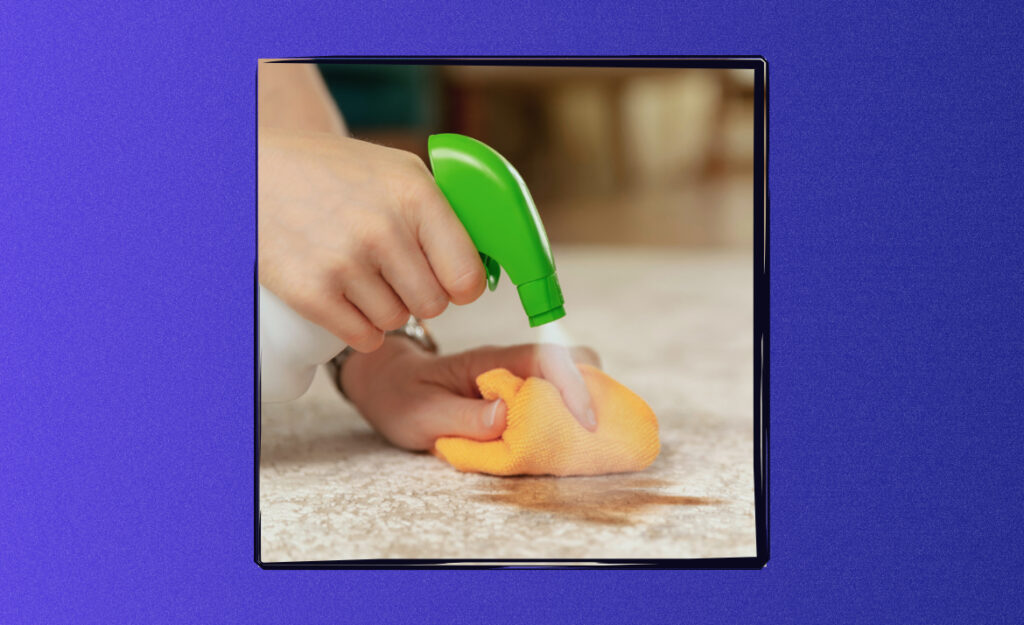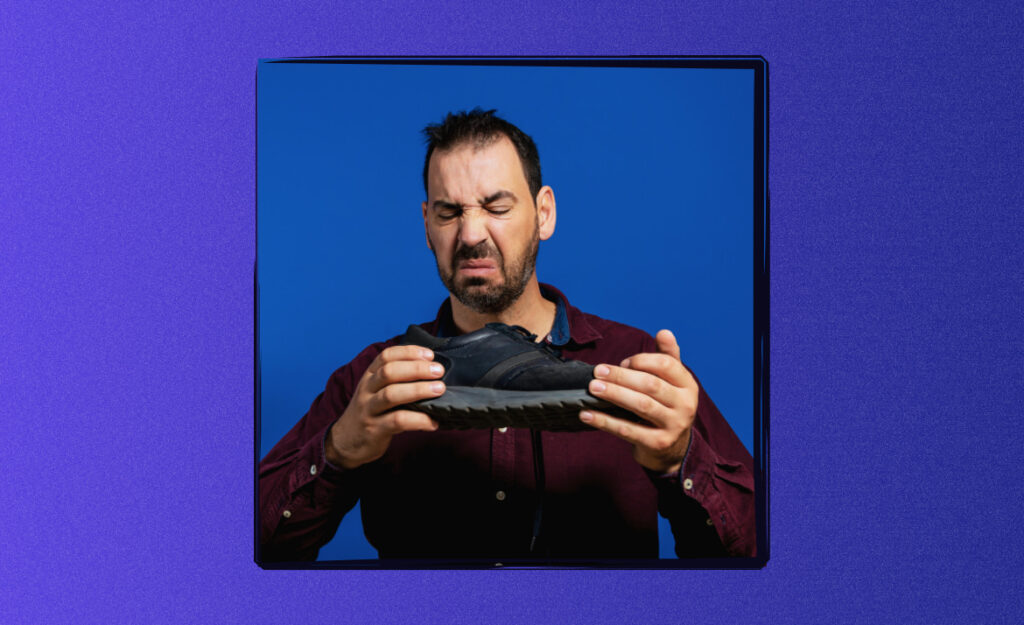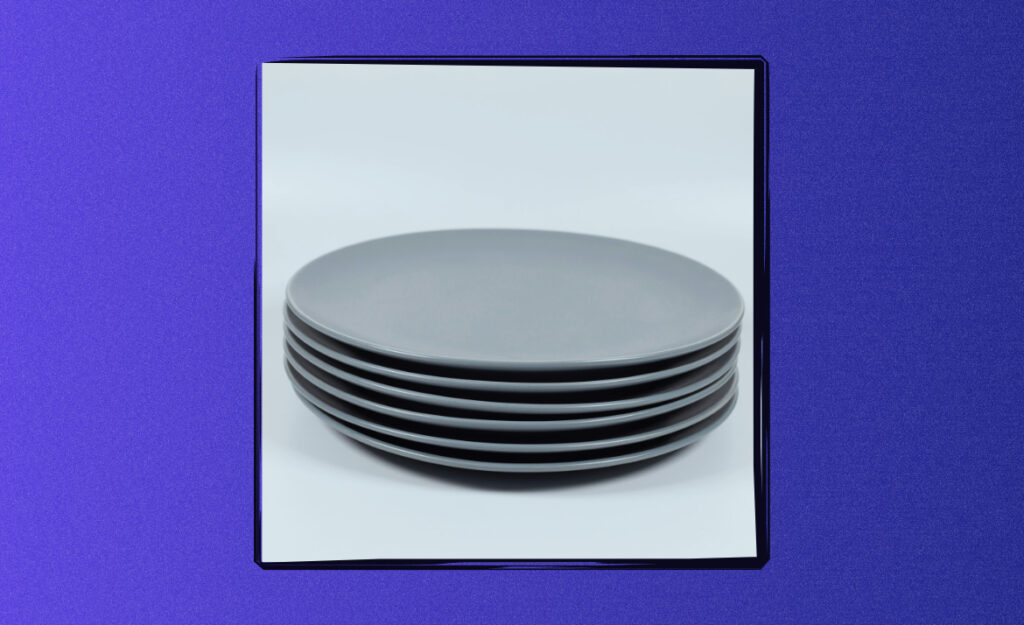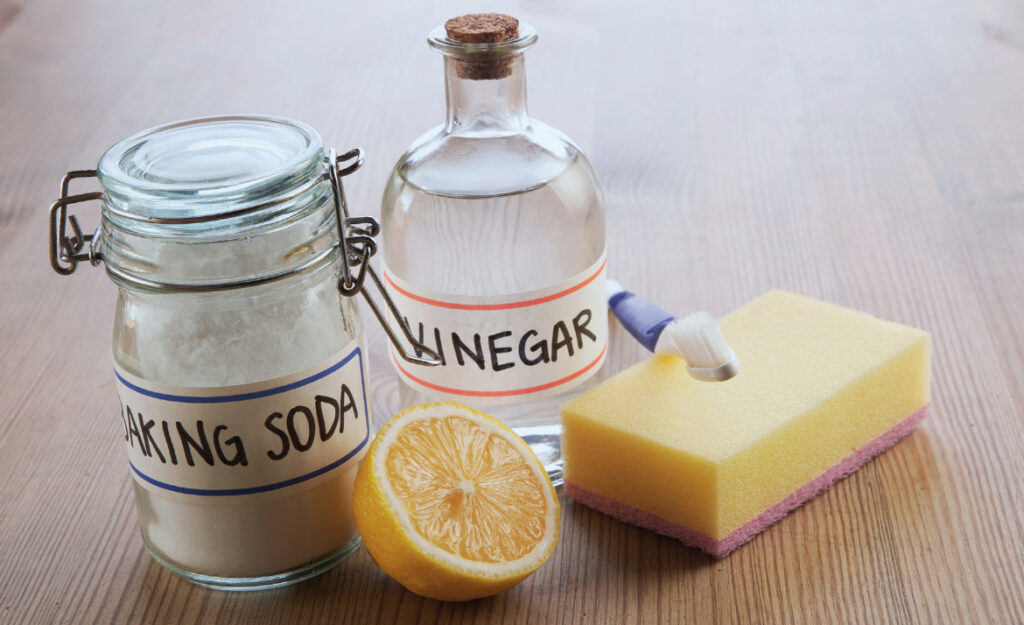
Smudges on glass, stubborn kitchen odors, and cloudy bathroom tiles: everyday messes can disrupt a calm home atmosphere. Many folks turn to high-powered cleaners, but vinegar cleaning hacks continue to earn loyal fans in real homes thanks to their impact and simplicity.
Simple white vinegar tackles soap scum, deodorizes drains, and lifts stains—all without harsh chemicals. That’s why more people are reaching for this kitchen staple to manage regular cleaning and unexpected spills with resourcefulness and confidence.
This article gathers reliable vinegar cleaning hacks that actually work, guiding you through hands-on steps, mini-scripts, and checklists you can use right away to upgrade your approach to everyday messes.
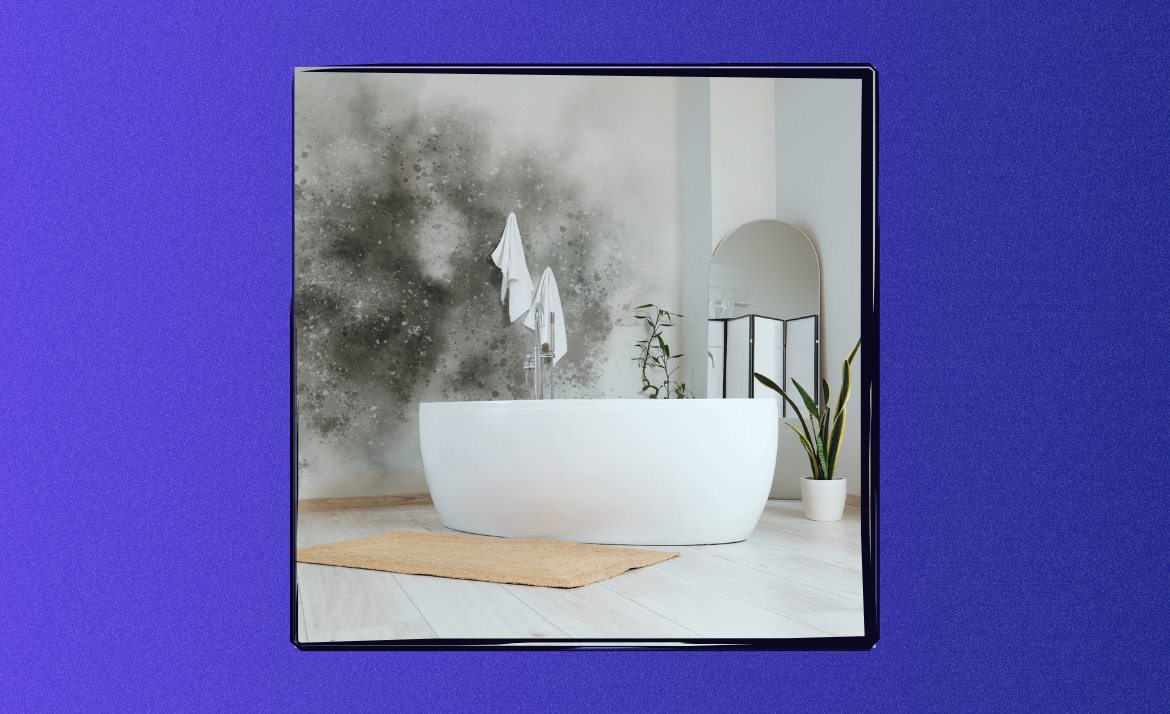
Prevent Bathroom Mold Before It Spreads
Get proven steps for controlling moisture, cleaning smarter, and choosing materials that help prevent bathroom mold for good.Shining Glass and Mirrors for a Streak-Free Finish
Crystal-clear windows can transform a room. By following a specific vinegar technique, you’ll wipe out water spots and greasy fingerprints without leaving streaks behind.
Mix one part white vinegar with one part distilled water in a spray bottle. Spray the solution directly onto the glass, then use newspaper or a microfiber cloth in circular motions for a gentle, thorough clean.
Step-by-Step Mirror Cleaning Routine
Begin by removing dust with a dry microfiber towel. Next, spray a light mist of your vinegar solution across the entire surface, ensuring even coverage and avoiding pooling drips.
Wipe in small, overlapping circles. Apply moderate pressure to tricky spots where toothpaste or hairspray lingers. This method prevents missed areas and minimizes the chance of streaks forming as the solution dries.
Finish by buffing with a fresh, dry section of your microfiber towel. If you hear a squeak or see a shine, the mirror’s residue-free. Adjust your grip and check from various angles—like tilting your head for car mirrors—for flawless clarity.
Addressing Hard Water Spots on Windows
Hard water leaves cloudy spots on glass due to mineral buildup. Soak a cloth in straight white vinegar and press it against the stains for a few minutes to allow the acid to dissolve minerals.
Scrub gently with the cloth in small, consistent circles, applying even pressure until the stain fades visibly. Rinse with distilled water and dry completely to prevent further spotting as mineral deposits are washed away.
If spots persist, repeat the application. Some marks may need a double soak, so have patience and check your results under shifting light before finishing the job.
| Surface | Vinegar Dilution | Best Tool | Takeaway |
|---|---|---|---|
| Windows | 1:1 with water | Microfiber Cloth | Wipe in circles for streak-free shine |
| Mirrors | 1:1 with water | Newspaper | Buff dry for a residue-free finish |
| Shower Glass | Full-strength | Sponge | Soak hard water spots, then rinse well |
| Car Windows | 1:3 vinegar to water | Lint-Free Towel | Use diluted mix to preserve tint |
| Kitchen Cabinets | 1:2 vinegar to water | Soft Rag | Spot clean fingerprints and grease easily |
Freshening Up the Kitchen with Safe, Eco-Friendly Hacks
Cleansing your kitchen goes beyond surfaces. Use targeted vinegar cleaning hacks to eliminate odors and bring freshness without introducing toxins to where you prep food daily.
Cutting boards, drains, and even your microwave respond well to simple vinegar solutions. You’ll reduce cross-contamination risks, especially after meal prep sessions filled with strong-smelling ingredients.
Resetting the Microwave with Steam Power
Pour one cup of water and two tablespoons of vinegar into a microwave-safe bowl. Microwave on high for five minutes. The steam softens dried splatters, loosening hardened sauces and food debris.
- Clear sticky buildup: Steam and vinegar loosen gunk for quick, safe removal (let the bowl cool before wiping).
- Neutralize lingering odors: Steam absorbs persistent aromas without masking them, keeping meals tasting fresh the next time you reheat.
- Sanitize surfaces safely: Vinegar naturally minimizes microbial growth after messy cooking.
- Remove grease missed by soap alone: The vinegar cuts through oils more efficiently, leaving interior walls pristine.
- Easy to repeat: This quick routine can slot into weekly cleans to keep your microwave inviting for every use.
Afterward, simply wipe the interior with a damp rag. There’s no need to rinse further since vinegar’s scent disappears as it dries.
Neutralizing Kitchen Sink Drain Odors
Pour half a cup of baking soda down the drain, then follow with one cup of vinegar. Cover the opening with a plate for five minutes. This fizzing reaction breaks down food buildup while deodorizing naturally.
- Tackle built-up smells: Ingredients work together to neutralize rotten or musty odors left by organic residue.
- Prevent slow drains: Regular use reduces grease and solid buildup, improving water flow.
- Non-toxic remedy: No harsh fumes or chemical runoff threaten your pipes or groundwater.
- No scrubbing required: The chemical reaction lifts away grime so you need only finish with hot water.
- Repeat monthly: Consistent maintenance keeps your sink fresh and free-flowing—just add it to your cleaning calendar.
Rinse with a kettle of boiling water to finish, leaving the pipes clear. This hack works for garbage disposals, too—just ensure blades have switched off first.
Deodorizing and Reviving Fabrics throughout the Home
Stale towels, pet beds, and gym gear pick up stubborn odors that detergent alone might miss. Implementing vinegar cleaning hacks for laundry and textiles can quickly restore their fresh feel and prolong their useful life.
Mix half a cup of distilled white vinegar with your regular washing cycle. The acetic acid neutralizes trapped smells, cuts through buildup, and even helps colors stay vibrant—especially when towels begin to feel scratchy or smell musty.
Removing Sweat Odors from Athletic Clothing
To address sweat-stained workout clothes, pre-soak them in a solution of one part vinegar to four parts cold water for 15 minutes before washing. This pre-treatment breaks down protein-based stains and stubborn body odors before they have a chance to set.
After the soak, run a shot cycle with mild fragrance-free detergent. Vinegar’s scent will fade in the dryer and clothes will emerge noticeably cleaner and softer for the next gym day.
This routine can be repeated whenever garments start to hold on to unpleasant smells, ensuring your favorites stay comfortable.
Revitalizing Pet Bedding for a Healthier Home
Pet beds and blankets trap oils and dander, contributing to household odors. Add a splash of white vinegar into the rinse cycle during your next laundry load. This helps lift odors and break apart residues left by animal fur.
The process improves wash results without irritating sensitive pet skin. Simply ensure the fabric is fully dried before use, so vinegar’s aroma dissipates entirely.
If you notice your pets avoid freshly-cleaned beds, add an extra rinse to fully clear any lingering vinegar trace. For routine care, repeat this technique monthly or as needed.
Cleaning Kitchen Appliances and Surfaces without Harsh Chemicals
Appliances like refrigerators and stovetops collect unseen grime. Adopting vinegar cleaning hacks keeps them spotless, safeguarding food storage and prep areas as you maintain a healthy, streamlined kitchen environment.
Combine equal parts vinegar and water in a spray bottle. Lightly spray on appliance exteriors, then wipe with a soft towel. For deeper stains, let sit for two minutes to cut through grime, then scrub gently to lift away food traces and fingerprints.
Getting Rid of Coffee Maker Buildup
Monthly, pour a mixture of one part vinegar to two parts water into the coffee maker reservoir. Set a routine brew cycle, and pause halfway through to soak internal parts for around 20 minutes before finishing. Hard water residue and coffee oils break down for clearer, fresher-tasting brews.
After cycling the mixture, run several plain water cycles to rinse thoroughly and erase the vinegar scent. People who love morning coffee notice a flavor boost—no bitterness left behind from lingering deposits.
If your machine signals for descaling, apply this hack first before trying commercial cleaners. Consistency builds better results—add this habit to your monthly cleaning rotation.
Disinfecting Cutting Boards—A Quick Routine
Wood, plastic, and bamboo cutting boards all benefit from regular vinegar cleans. After using a board for raw meat or strong-smelling veggies, spray with undiluted vinegar, then let stand for ten minutes to kill odor-causing bacteria.
Rinse under hot running water and stand upright to dry completely. This habit preserves the wood grain or prevents plastic staining—all without warping or harsh aftertastes.
If you want extra deodorizing, sprinkle the board with salt before spraying. The resulting fizzy scrub action ensures a totally refreshed finish, ready for your next chopping session.
Revamping Bathroom Fixtures for a Hygienic Space
Calcium spots, grime, and lingering mildew can make bathrooms less inviting. Vinegar cleaning hacks swiftly remove buildup and restore brightness so your space feels welcoming and well-kept daily.
For faucets and shower heads, fill a plastic bag with full-strength vinegar and secure it around the fixture with a rubber band. Let it soak for up to an hour, then scrub away loosened deposits with an old toothbrush and rinse.
Erasing Toilet Bowl Rings Efficiently
Pour two cups of white vinegar directly into the toilet bowl and let stand for 15 minutes. Scrub with a toilet brush, targeting the water line and under the rim for complete coverage. Flush for a brilliant result free of chemical scents.
If stains remain, repeat with baking soda sprinkled along the surface before adding vinegar. The fizz lifts stubborn mineral rings. People use this trick every few weeks to keep their toilets sparkling between deep cleans.
Regular maintenance means mineral lines don’t get a chance to establish—just slot this task into your normal bathroom checklist alongside sink and tub cleaning.
Refreshing Shower Curtains and Liners
Mildew can collect on vinyl or fabric shower curtains. Toss your liner into the washing machine with half a cup of white vinegar and your usual detergent. Run on a gentle cycle, then hang to dry fully before reinstalling.
The acetic acid bleaches out mildew stains and deodorizes, leaving liners looking and smelling fresh without extra bleach. Even if your liner is stiff, vinegar softens material and brings back a natural drape.
To keep future mold at bay, spray down curtains with diluted vinegar weekly after use. It’s a simple routine that works behind the scenes even as your shower dries out.
Revitalizing Floors and Other Hard Surfaces
Floors soak up daily footprints, pet messes, and kitchen spills. A regular mopping routine with vinegar revitalizes wood, tile, linoleum, and laminate without waxy residues or strong artificial scents. Gentle solutions keep floors looking their best.
Mix one cup of white vinegar into one gallon of warm water for general mopping. Work systematically from the far wall toward the exit to avoid stepping on your cleaned areas.
Maintaining Hardwood Shine Safely
Harsh cleaners can strip natural oils from hardwood. Spray a dilute solution of one part vinegar to five parts water onto a microfiber mop, then clean in narrow, overlapping passes. Avoid over-soaking, as standing water can warp floorboards over time.
The tactile feedback of a nearly dry mop indicates a safe moisture level. If boards feel rough or sticky, repeat with a fresh mop head. Consistency preserves both finish and warmth underfoot—try this before hosting guests for instant impact.
Add a drop of essential oil to the bucket if you prefer a brighter scent. Keep the mix mild for sensitive surfaces and adjust as you establish your preferred routine.
Restoring Tile and Grout to Original Luster
Grout absorbs spills and dirt, turning gray or brown with repeated use. Apply full-strength vinegar directly with a toothbrush for deep cleaning. Scrub lines methodically to lift embedded grime, then rinse with warm water to reveal brighter tiles.
For high-traffic zones, set a 10-minute timer after application so vinegar works into crevices before scrubbing. This breaks down soap scum, mildew, and discoloration fast. The result: hard surfaces regaining their original shine with each pass of the brush.
Repeat this targeted scrub as part of your monthly deep clean. Consistency trains your eye to spot buildup before it becomes unsightly, streamlining upkeep throughout the year.
Packing All You’ve Learned into an Easy-to-Remember Routine
Reviewing the practical power of vinegar cleaning hacks, you’ve seen focused steps transform glass, revive fabrics, and sanitize appliances efficiently and safely—even on a tight schedule or budget.
Small daily routines, like wiping down surfaces or soaking tough stains, become more manageable and satisfying with reliable hacks at your fingertips. By using these home-friendly solutions, you protect your environment and reduce reliance on chemicals.
Try adopting one new vinegar technique this week and make it yours—whether on glass, fabric, or appliances. Over time, you’ll enjoy a cleaner space and confidence in your skillset for any household mess.

